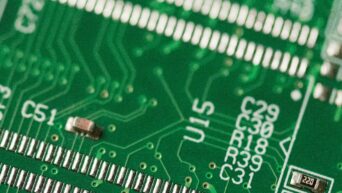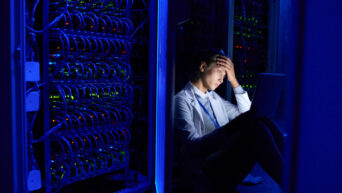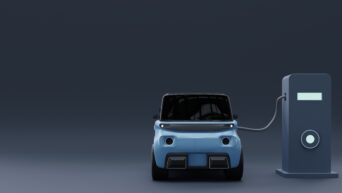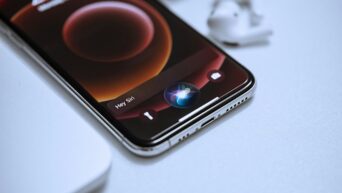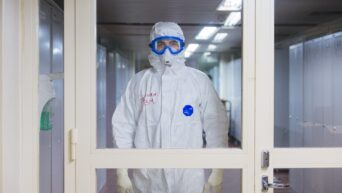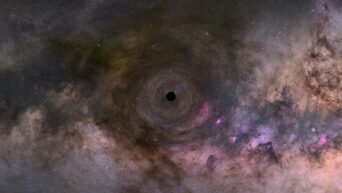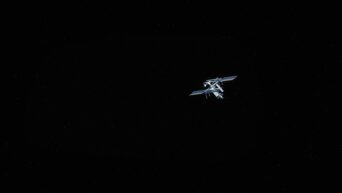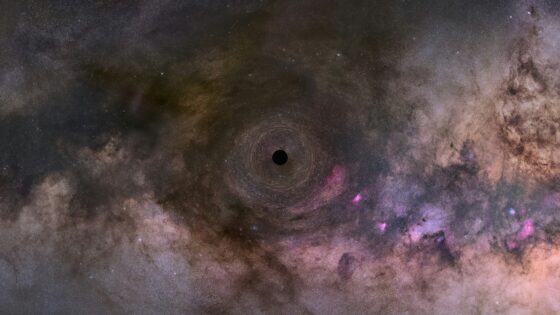Doc Brown had it all wrong.
Have you ever heard the saying, “lightning never strikes the same place twice”? If you have, then you’ve probably also heard that it’s a myth, since numerous studies say that lightning can definitely strike the same place multiple times. And according to a new study published in the journal Nature by the University of Groningen last week, there’s actually a cool reason why.
An international team of scientists from the university used the LOFAR (Low-Frequency Array) Dutch radio telescope, which consists of thousands of antennas located all over Northern Europe, to find out how lightning flashes develop in more detail. Although the LOFAR is mainly used for radio astronomy observations, the antennas’ frequency range allows researchers to use it for lightning research, since discharges burst in the VHF (Very High Frequency) radio band.
Thanks to this technology, the team discovered that lightning can indeed strike the same place twice since the negative charges inside a thundercloud, where lightning comes from, does not discharge all at once, but rather in parts. The structures where they are stored before discharging are what the researchers call needles, and through these so-called needles, the negative charges can discharge multiple times to the ground.
“This is a totally new phenomenon,” observes one of the authors of the study, Professor Joe Dwyer of the University of New Hampshire. “Our new observation techniques show copious amounts of needles in the lightning flash, which have not been seen before.”
Dr. Brian Hare, first author of the study, also adds, “From these observations, we see that a part of the cloud is re-charged, and we can understand why a lightning discharge to the ground may repeat itself a few times.”


